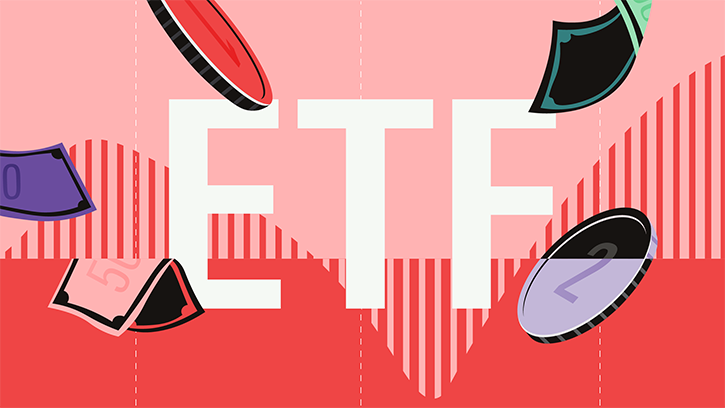
With close to 2,300 products available that provide access to a variety of market exposures—and that number only expected to rise—it’s clear that the exchange-traded-fund market in Europe is relentless. ETFs are popular for a number of reasons, including their low cost. However, this product proliferation makes the task of ETF selection quite challenging.
Morningstar Analyst Ratings aim to help investors in their fund-selection process by identifying the ability of a strategy within a Morningstar Category to outperform on a risk-adjusted basis over time. However, the Analyst Rating provides a broad answer rather than one tailored to the specific requirements of each investor. Therefore, individuals should take additional steps in the ETF-selection process to suit their own needs.
These steps are important because investors will be faced with several ETFs that track the same (or very similar) benchmarks, with differences in performance that are due to price, domicile, and replication methodologies.
The Role of Indices in ETF Selection
Choosing the right index is the first and most crucial step in the ETF-selection process, as an index defines the investment proposition that ETFs offer.
The chart below shows the performance of 10 European ETFs that track indices that provide exposure to the market of US large-cap equities (such as the S&P 500 index). This is an index investment strategy worthy of a Morningstar Analyst Rating of Gold. The analysis of these ETFs’ one-, three-, and five-year returns shows that they have all beaten the category average, which indicates that over the presented time frame, the S&P 500 index has provided the basis for a solid investment strategy.
Physical ETFs vs Synthetic Options
The above chart also demonstrates that the ETFs following synthetic replication for U.S. large-cap equities usually deliver higher returns than physically replicated peers. This is mainly because swap-based ETFs avoid the payment of withholding tax on US stock dividends, whereas physical ones cannot (the rate is 15% for Irish-domiciled funds and 30% for Luxembourg-domiciled funds).
However, whether physical or synthetic ETFs are the right choice varies from person to person. Some providers of physical ETFs engage in securities lending, which can partly offset the negative effects of ongoing charges. On the other hand, synthetic ETFs may be a better fit for investors who are not concerned about swap counterparty risk or are not willing to take on the risk of seeing their fund holdings lent out.
Other Considerations When Choosing ETFs
Price is another important guiding light in the ETF-selection process. Fees eat into returns, and so the lower the amount we must give up each year, the higher the chances of maximising returns. But the ultimate choice may come down to personal requirements about dividend treatment (distributing or accumulating), availability on platforms, or trading currencies.
A few other items to consider during the ETF-selection process include:
- ETF Provider - Typically, favour providers that focus on passive fund management.
- Domicile - The domicile country of an ETF may not be the same as the investor's, which can have tax implications.
- Fees - Keep up to date on additional costs such as brokerage fees and bid/offer spreads, as well as techniques ETF portfolio managers employ to offset these charges.
- Currency - Consider if the investor is comfortable taking foreign exchange risk.
- Dividend Treatment - Many ETFs offer the choice between reinvesting your dividends and paying them out as income.
- Securities Lending - Determine if the investor is comfortable with this practice and keep as eye on ETF providers' lending reports, which contain information on amounts on loan and revenues to the fund.
- Tracking - Evaluation how effectively the ETF portfolio manager is tracking the index.
- Trading and Liquidity - Seek stockbrokers that offer a good selection of ETFs and be aware that each trade incurs costs.
Selecting ETFs involves a few considerations, many of which are specific to each investor. To make the most of the ETF selection process, it’s important to work to get the index right from the start (the Morningstar Analyst Rating can help you to understand these options) and then factor in other personal preferences.
This article originally appeared on the Morningstar Blog










.jpg)

















